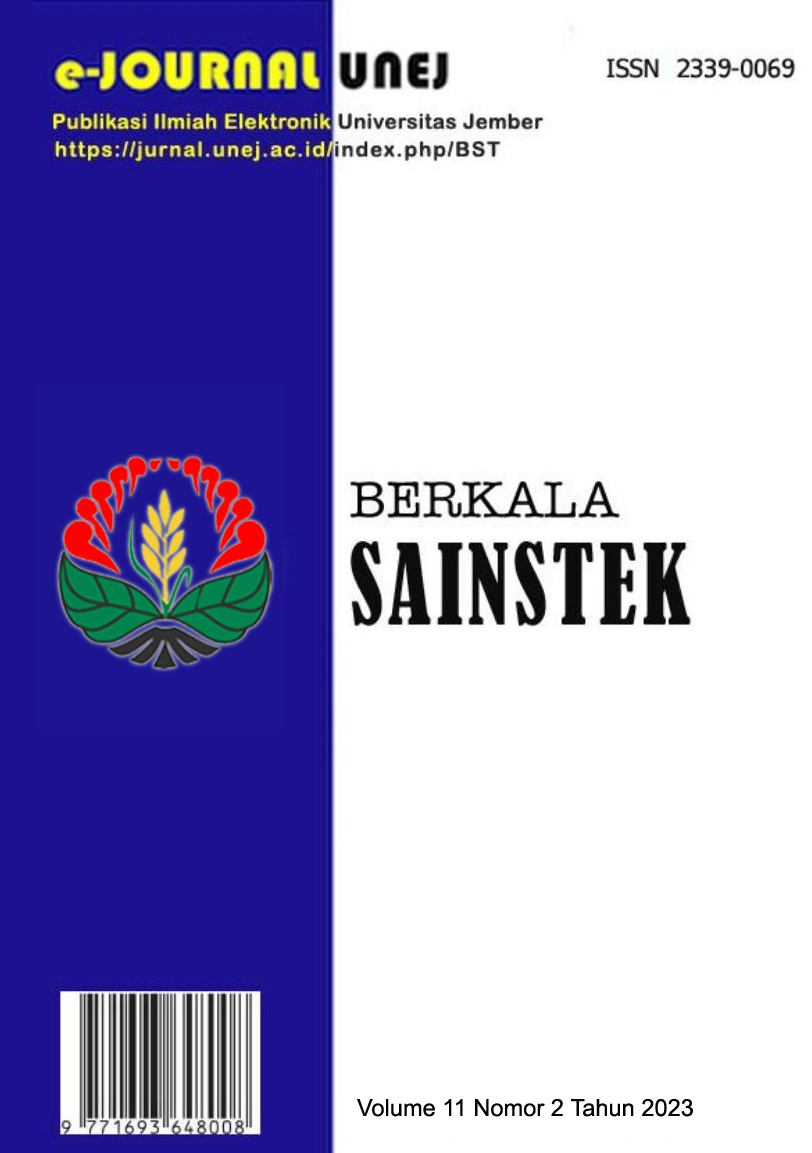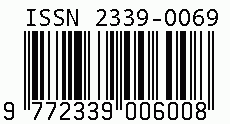Anti-Termite Activities of The Bioactive Compounds of Gaharu Culture (Aetoxylon sympetalum) From Maceration Results Using Acetone Solvent
DOI:
https://doi.org/10.19184/bst.v11i2.38015Keywords:
Agarwood, Acetone fraction, TermiteAbstract
Agarwood is a plant known for its aromatic resin, which is one of the most widely distributed species in Indonesia. This research was carried out in several stages, namely maceration, partitioning, Thin Layer Chromatography (TLC), and termites activity. The test was carried out for 3 days with variations in the concentration of 0% (negative control), 0.1%, 0.2%. 0.3%, 0.4%, 0.5% (w/v), and 0.25% fipronil reagent as positive controls. The crude extract yield of sapwood gaharu aloe acetone obtained was 23,4321% and the partition result of 233,789 grams of crude extract of acetone consisted of n-hexane fraction with a yield of 3.812%, chloroform fraction of 42.205%, and acetone fraction of 43.621%. The results of the phytochemical test showed that aloe vera sapwood contained alkaloid compounds, flavonoids, steroids, terpenoids, phenolics and saponins. GC-MS analysis of the n-hexane fraction showed the number of peaks as many as 55 peaks which may contain 55 compounds in the fraction. The compound with the highest % area was 4-Chloro-6-methoxy-2-methyl quinoline-8-amine (10.33%) followed by stigmasterol compound (5.94%). The results of the termite activity test showed that the most active fraction as an anti-termite was acetone fraction (LC50 0.082%) followed by chloroform fraction (LC50 0.134%), crude extract (LC50 0.144%) and n-hexane fraction (LC50 0.176%)





